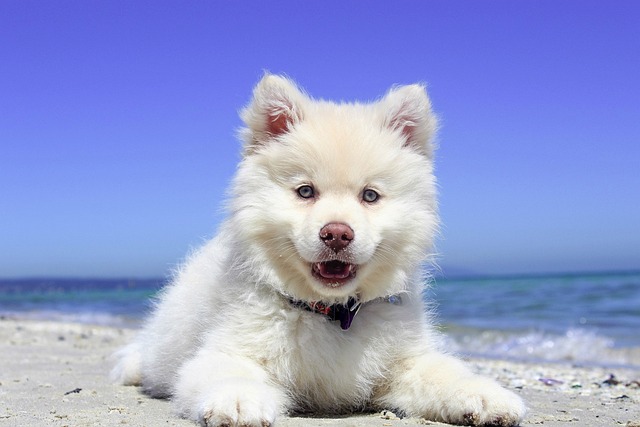
is it normal for dogs skin to peel
If you’re a new dog parent in the US—maybe you’re sitting on your Chicago apartment floor, brushing your 9-month-old rescue Lab mix
There’s nothing quite like nuzzling your dog’s soft ears, but what happens when a funky smell or excessive scratching suggests something’s not right inside? Regular ear cleaning is a crucial part of pet care that often gets overlooked. It’s not just about keeping your home odor-free—neglecting ear hygiene can lead to painful infections. Let’s dive into how you can safely clean your dog’s ears at home.
First off, understanding your dog’s ear anatomy is key. Dogs have L-shaped ear canals that trap moisture and debris, making them prime breeding grounds for bacteria and yeast. But before you reach for a cotton swab, be aware: in many regions, improper ear cleaning that causes injury violates animal welfare laws. It’s essential to use the right tools and techniques to avoid harming your furry friend.
Invest in veterinary-approved ear cleaners. Skip the household items like hydrogen peroxide or rubbing alcohol, which can irritate your dog’s sensitive ear tissue. Look for products with labels indicating they meet industry standards, often certified by organizations similar to the Association of American Feed Control Officials (AAFCO) for pet products. Some local pet stores may even require proper product documentation to stay compliant with sales regulations.
Start by gently lifting your dog’s ear flap. You’ll likely see some wax and dirt, but if it’s dark, gritty, or accompanied by a strong odor, it’s a sign that cleaning is overdue. Remember, if you notice redness, swelling, or your dog flinching in pain, stop immediately and consult a vet. In most areas, seeking professional veterinary advice when your pet shows signs of distress is not just recommended—it’s part of responsible pet ownership.
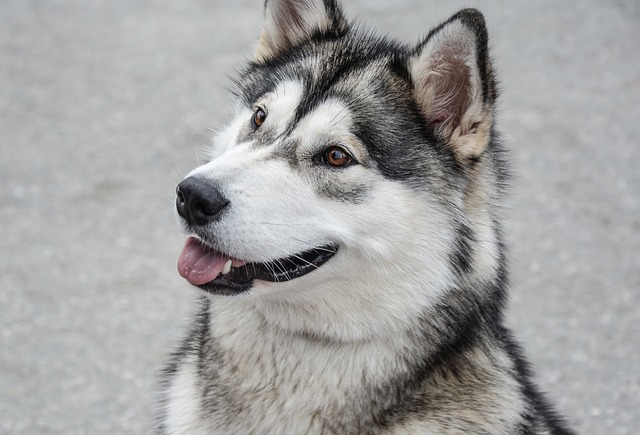
Squeeze the recommended amount of cleaner into your dog’s ear canal. Don’t be tempted to fill it to the brim; a little goes a long way. Then, gently massage the base of the ear for about 30 seconds. This helps loosen the debris and allows the cleaner to do its job. Many dogs actually enjoy this part, seeing it as a mini massage session.
After massaging, let your dog shake their head. It might be messy, but this natural movement helps expel the loosened dirt and excess cleaner. Then, use a soft, damp cloth or a cotton ball (never a cotton swab!) to wipe away any remaining debris from the visible part of the ear canal and the ear flap. Be gentle—you’re not trying to scrub deep inside.
Regularity matters. How often you clean your dog’s ears depends on their breed, lifestyle, and ear health. Floppy-eared breeds like Cocker Spaniels or Basset Hounds typically need more frequent cleaning due to poor air circulation. But over-cleaning can also strip the ears of beneficial bacteria. In rental homes, be mindful of any pet-related cleaning guidelines set by landlords to avoid disputes.
Cleaning your dog’s ears at home can seem daunting at first, but with patience and the right approach, it becomes a simple part of your pet care routine. Not only will it keep your dog comfortable and healthy, but it also ensures you’re meeting local pet care standards. After all, a happy, healthy dog with clean ears is always ready for those ear scratches and snuggles.

If you’re a new dog parent in the US—maybe you’re sitting on your Chicago apartment floor, brushing your 9-month-old rescue Lab mix
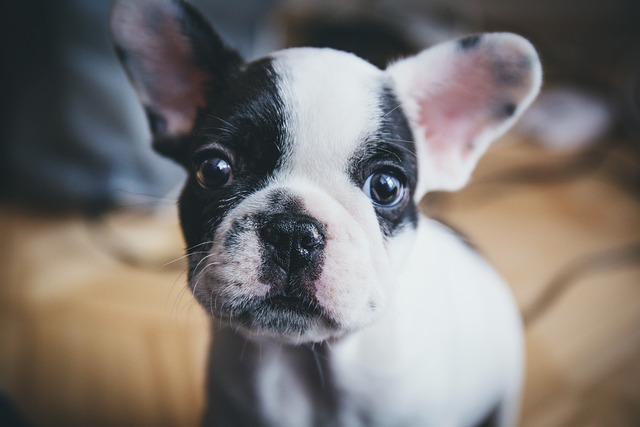
If you’re a new dog parent in the US—maybe you’re sitting on your Chicago apartment couch, petting your 9-month-old Golden Retriever
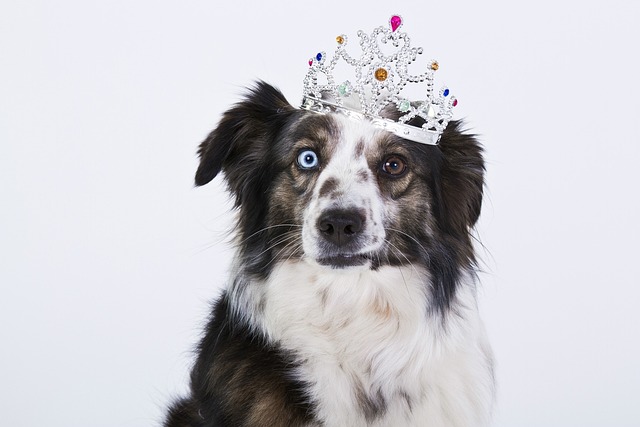
You’re standing in the pet care aisle, staring at a wall of grooming products—each bottle promising a softer coat, fewer tangles, and a happier dog.

If your dog has ever had a weepy, red, or irritated eye, you know how unsettling it can feel. Maybe you noticed them pawing at their face during a morning walk
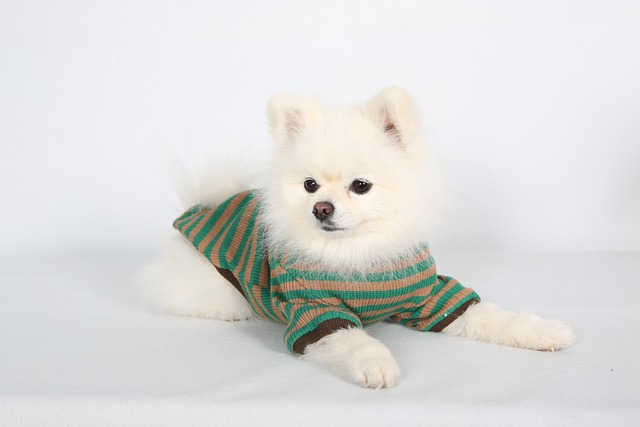
You’ve probably noticed your Pomeranian’s little belly hanging a bit lower these days, or maybe they huff more when climbing stairs—signs those extra pounds are starting to slow them down.
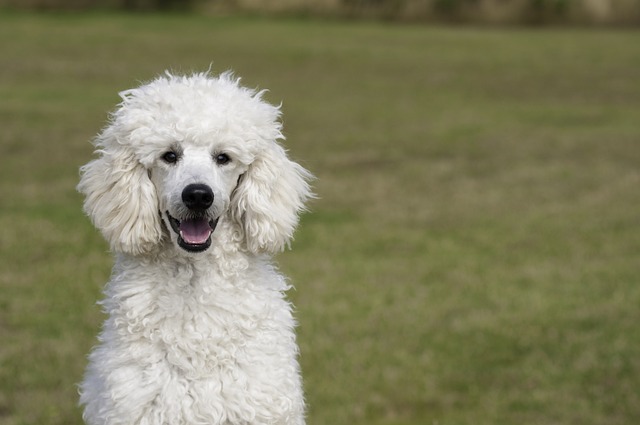
Watching a tiny puppy explore the world makes you wonder about all the little details that will shape them—including whether their coat will grow into a fluffy, long-haired style.